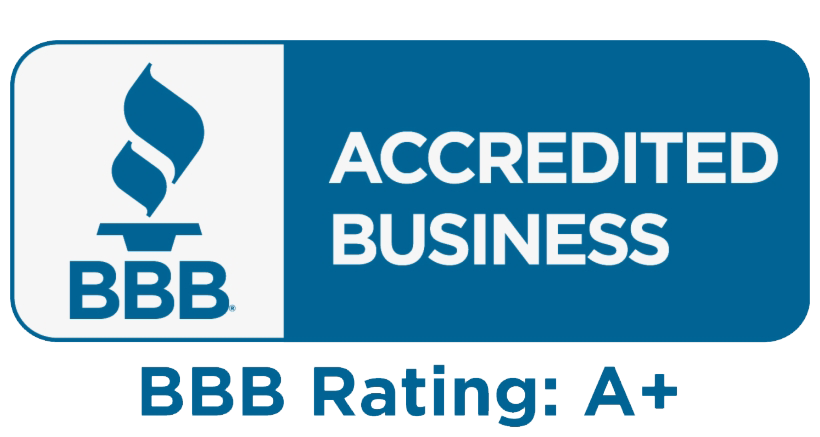Blog

Can You Drive on Fresh Asphalt? A Complete Guide to Asphalt, Window Installation, and Curing Times
One of the most common questions after an asphalt project is: Can you drive on fresh asphalt? Whether it’s a freshly paved road, parking lot, or driveway, understanding when the asphalt is ready for use is crucial to ensure the longevity and durability of the surface. Asphalt requires time to set and harden properly, and driving on it too soon can cause damage, reduce its lifespan, and lead to costly repairs.
In this in-depth guide, we’ll answer the question of when it’s safe to drive on fresh asphalt, explore the curing process, provide expert advice for homeowners and contractors involved in asphalt paving, driveway paving, or parking lot paving projects and discuss related topics like window installation and maintenance tips to ensure your property is both functional and visually appealing.
Window Installation: Enhancing Your Home While Updating Paving Projects
While upgrading your driveway or parking lot with fresh asphalt, it might be the perfect time to consider window installation. Installing modern, energy-efficient windows can not only improve your home’s appearance but also boost its overall energy performance. Windows play a significant role in regulating indoor temperature, which pairs well with exterior upgrades like fresh paving to enhance curb appeal.
Pairing a newly paved driveway with updated windows creates a cohesive look, enhancing curb appeal and increasing property value. Modern windows, like sleek casements or traditional double-hung styles, can tie together your home’s exterior while improving insulation and indoor comfort
Understanding the Asphalt Curing Process
Before diving into when you can safely drive on fresh asphalt, it’s essential to understand the curing process. Asphalt is laid down hot, typically between 250°F and 300°F, and as it cools, it hardens. However, it doesn’t reach full hardness for several days or weeks, depending on various factors.
What Does "Curing" Mean?
Curing refers to the period during which asphalt gradually hardens and gains strength. While the surface may seem dry and solid within a few hours, the asphalt underneath is still soft and pliable. During this time, heavy vehicles or even foot traffic can create imprints, dents, or cracks if the surface is not given adequate time to cure.
There are two critical stages to keep in mind:
- Initial Cure: This occurs within the first 24 to 48 hours when the asphalt surface becomes firm enough for light foot traffic and, eventually, vehicle use.
- Full Cure: Asphalt can take anywhere from 6 to 12 months to fully cure. During this period, the surface continues to harden, and although it can be driven on within days, you must be cautious about how you use the pavement during this time.
How Long Should You Wait Before Driving on Fresh Asphalt?
The general rule is to wait at least 24 to 48 hours before driving on a freshly paved asphalt surface. However, the specific wait time can depend on several factors, including weather conditions, traffic load, and the thickness of the asphalt.
Factors That Influence How Soon You Can Drive on Asphalt
1. Weather Conditions
Temperature and humidity play a significant role in how quickly asphalt sets. In warm, sunny weather, asphalt tends to cure faster because the heat helps it harden more quickly. However, if the weather is cool or cloudy, the curing process can slow down.
- Hot Weather: In temperatures above 75°F, asphalt can harden enough to allow light vehicle traffic within 24 hours.
- Cold Weather: In cooler conditions, it may take closer to 48 hours or more before the surface is ready for vehicles.
2. Type of Asphalt Mix
There are different types of asphalt mixes, and the curing time can vary depending on which type was used for your project. For instance, Hot Mix Asphalt (HMA), commonly used for roads and parking lots, generally requires a longer curing time than Cold Mix Asphalt.
3. Asphalt Thickness
Thicker layers of asphalt take longer to cure than thinner layers. If your driveway or parking lot has multiple layers or is designed to withstand heavy loads, it may need more time to fully set before allowing vehicle traffic.
Expert Insight: "Asphalt paving involves more than just laying down material. It requires attention to environmental conditions, proper thickness, and understanding the traffic load. Rushing the curing process can lead to premature cracking or potholes," says Jason Smith, a paving expert with over 20 years in driveway paving and parking lot paving.
What Happens If You Drive on Fresh Asphalt Too Soon?
Driving on fresh asphalt too soon can have several negative consequences that may affect the integrity and lifespan of your new surface. Let’s explore some of the most common problems caused by premature traffic:
- Imprints and Tire Marks
Fresh asphalt is soft, and driving on it before it has hardened can cause tire marks, indentations, and imprints. These marks may become permanent and ruin the smooth, clean surface of your newly paved road or driveway.
- Cracks and Potholes
If the asphalt hasn’t fully hardened, the weight of vehicles can cause it to crack or develop potholes. These structural weaknesses can lead to further damage down the road, ultimately requiring costly repairs or resurfacing.
- Rutting
Rutting occurs when the weight of vehicles pushes down on the soft asphalt, creating grooves or ruts. This is particularly problematic in parking lots or heavily trafficked roads, as it can lead to uneven surfaces and drainage issues.
- Decreased Longevity
Driving on fresh asphalt too soon can shorten its lifespan. When the surface is compromised early on, it becomes more susceptible to wear and tear from weather, traffic, and other environmental factors.
Real-Life Example: One homeowner in Florida drove on their freshly paved driveway within 12 hours of installation, causing deep tire imprints that required the contractor to resurface the area. This added an additional $1,200 to the original project cost, a mistake that could have been avoided by waiting the recommended time.
How Long Should You Wait to Park on Fresh Asphalt?
While you may be able to drive on a new asphalt surface within 24 to 48 hours, parking on it requires a longer wait. Parking places more pressure on specific points of the surface, particularly under tires, which can lead to indentations if the asphalt isn’t fully cured.
General Guidelines for Parking:
- Light Vehicles: Wait 72 hours before parking small cars on fresh asphalt.
- Heavy Vehicles: For trucks, RVs, or other heavy vehicles, it’s best to wait at least one week before parking.
Maintenance Tips for Freshly Paved Asphalt
To ensure the longevity and durability of your new asphalt surface, follow these essential maintenance tips during the first few weeks of curing:
1. Avoid Sharp Turns
Sharp turns can dig into the soft asphalt, causing scuff marks or tire marks. Try to avoid turning the steering wheel while the vehicle is stationary on the asphalt.
2. Avoid Parking Heavy Loads
During the first few weeks, try to avoid parking heavy vehicles or placing heavy objects on the asphalt. This includes large trucks, trailers, or heavy equipment.
3. Keep Water Off the Surface
While light rain won’t damage fresh asphalt, avoid letting large amounts of water pool on the surface during the first few days, as it can weaken the material. Ensure proper drainage to prevent water from collecting on the surface.
4. Sealcoating
Consider applying a sealcoat after the asphalt has fully cured (typically after 6 months to a year). Sealcoating helps protect the surface from UV rays, water, and wear, extending the life of the asphalt.
Expert Advice: "Applying a sealcoat within the first year can prevent early damage from the sun and moisture. It’s an essential part of maintaining your asphalt surface for long-term durability," explains Lisa Green, a sealcoating specialist who works with commercial and residential asphalt projects.
How Long Before Fresh Asphalt Can Get Wet?
Another common concern is whether fresh asphalt can get wet. While asphalt needs time to cure, it can handle light rain shortly after installation, as long as the rain is not heavy. However, standing water on fresh asphalt can lead to premature cracking or potholes, so it’s crucial to ensure proper drainage.
- Light Rain: Safe after 24 to 48 hours.
- Heavy Rain: Best avoided within the first 72 hours.
Conclusion: Can You Drive on Fresh Asphalt?
So, can you drive on fresh asphalt? Yes, but timing is crucial. You should wait at least 24 to 48 hours before driving on new asphalt, depending on weather conditions, the type of asphalt mix, and the project specifications. Waiting the recommended time ensures that the asphalt sets correctly, allowing it to harden and withstand traffic without sustaining damage.
While it’s tempting to start using your freshly paved driveway or parking lot immediately, giving it time to cure properly will save you money on repairs and extend the lifespan of your asphalt surface. If you're unsure about the best time to drive or park on your new asphalt, consult with your paving contractor for specific recommendations based on your project’s needs.
For more information on asphalt paving, driveway paving, or parking lot paving, reach out to local paving professionals who can provide guidance and ensure your project is completed to the highest standards!








